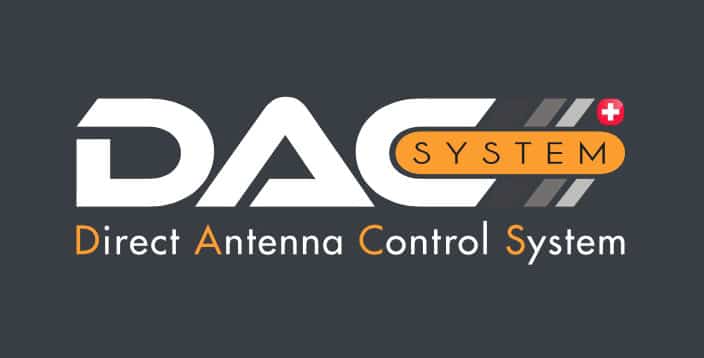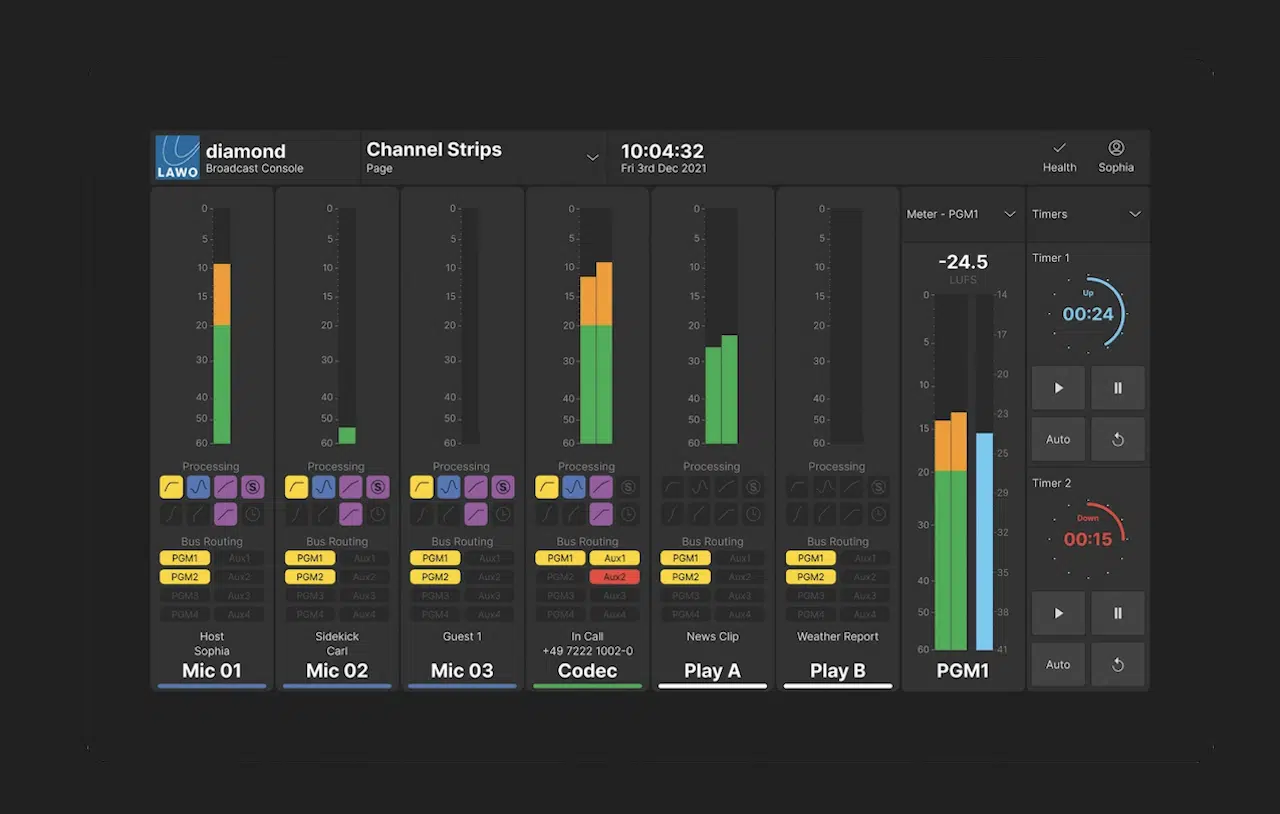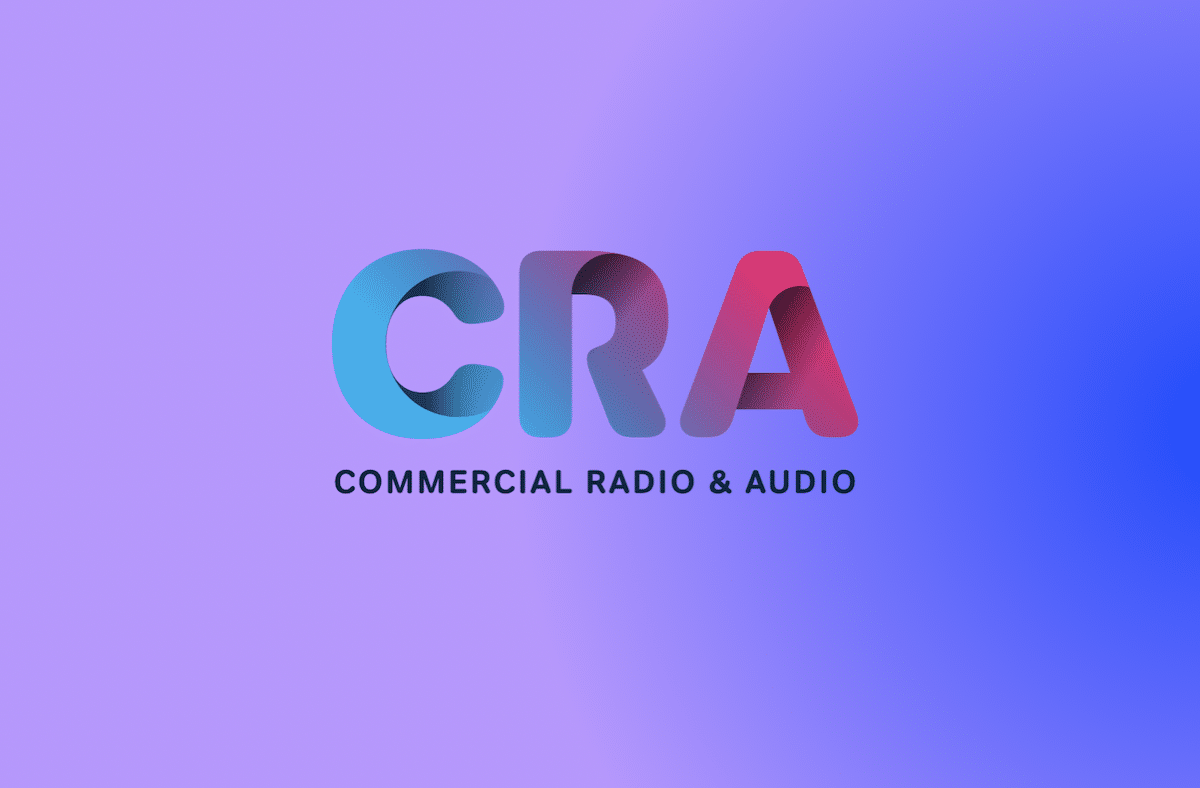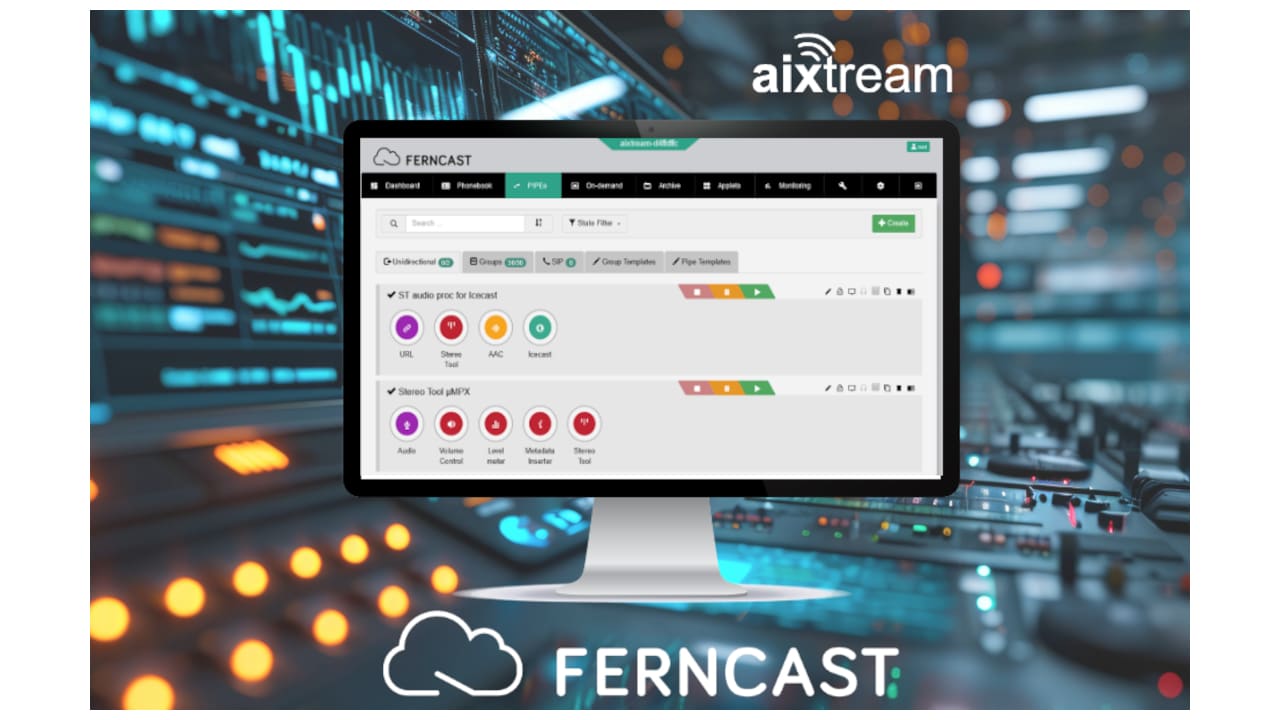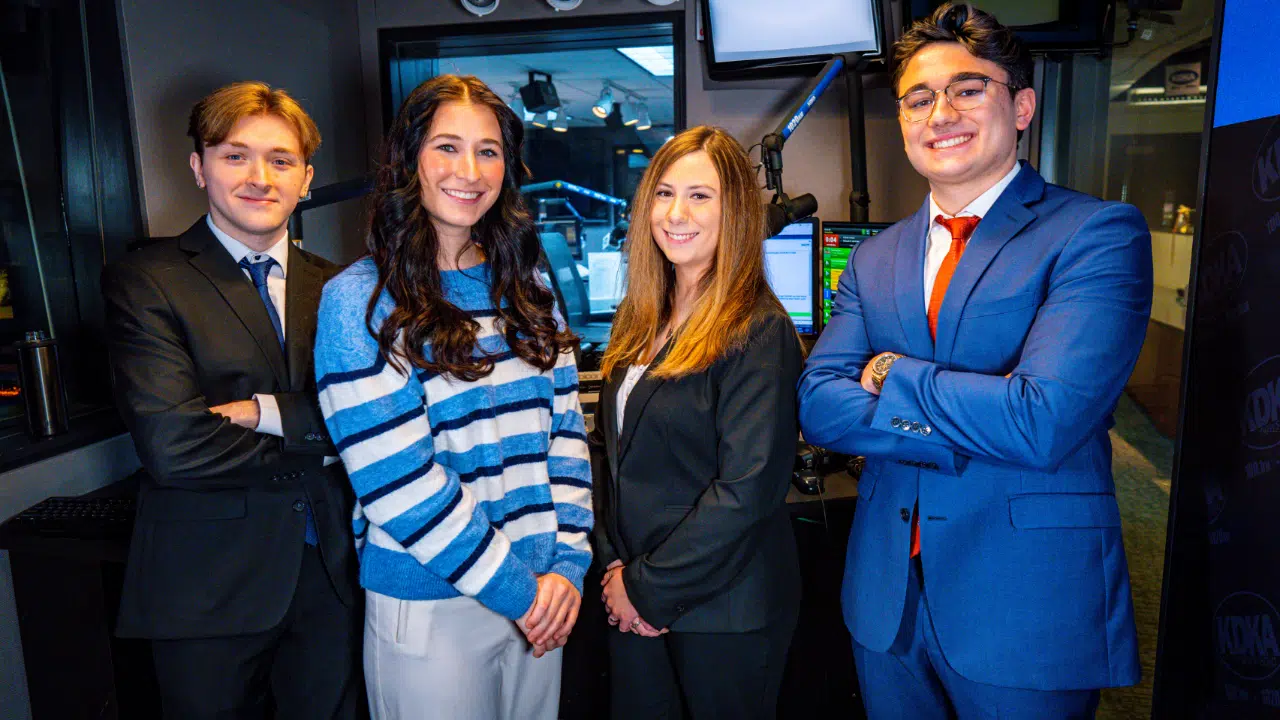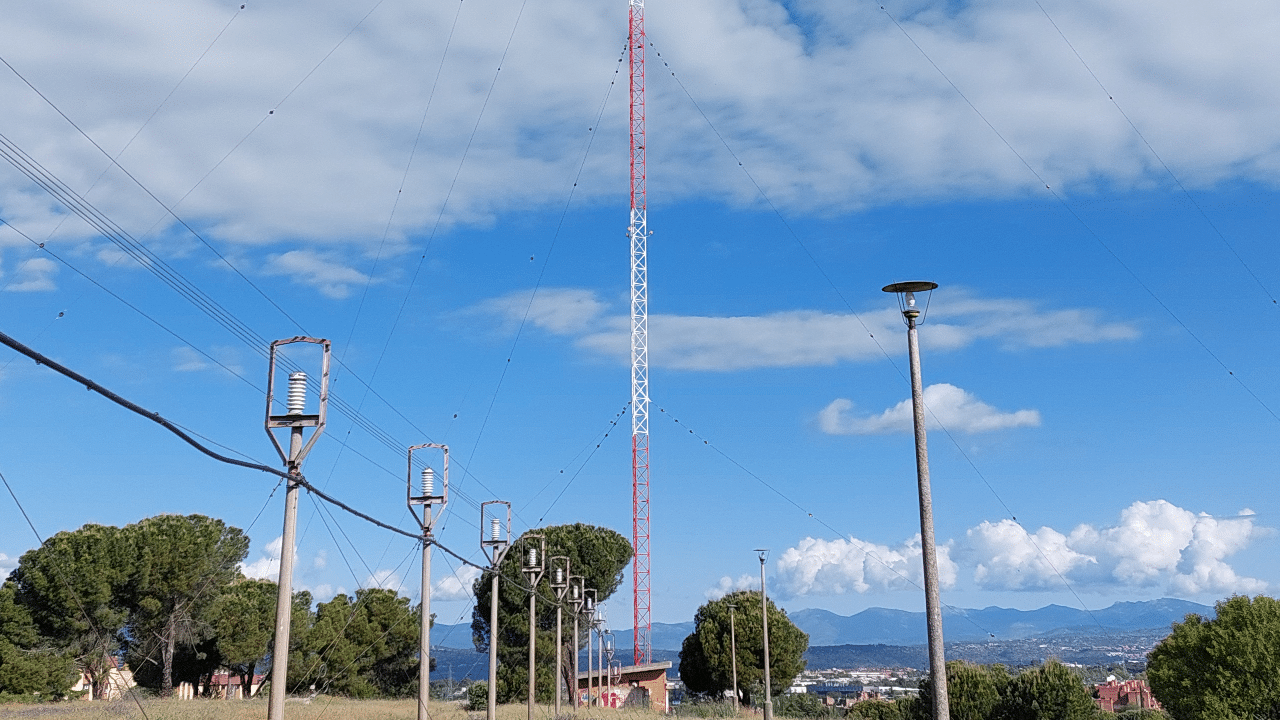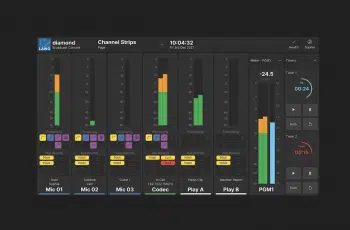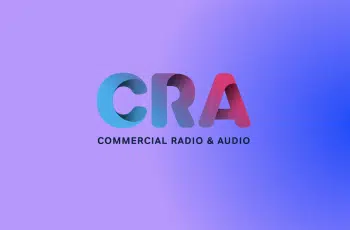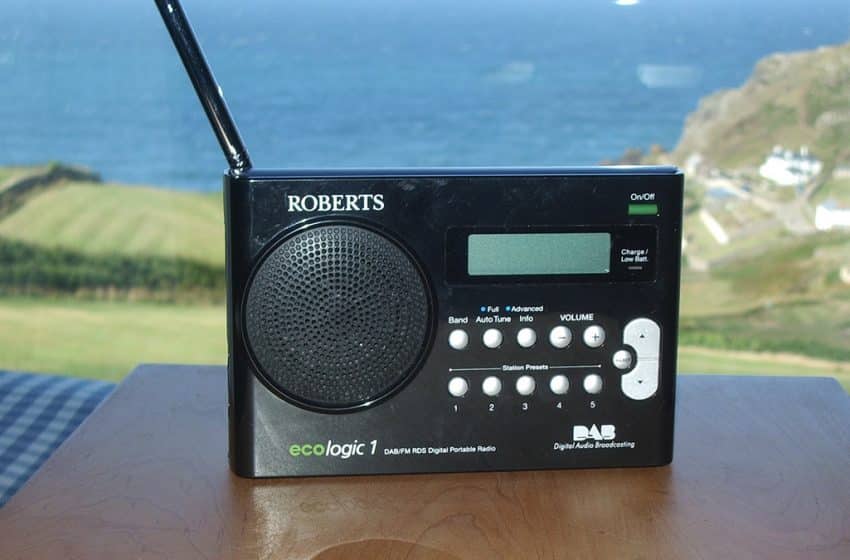
Transmission over distance was an early achievement in the development of radio, but although longwave and medium wave had the reach, the quality was not always ideal, particularly at night. A stable, interference-free alternative came in the form of FM, patented in 1933 by American electrical engineer Edwin Armstrong.
The first FM transmitter in the United Kingdom went into operation for the BBC in 1955, but it was not until the early 1970s, with the advent of commercial radio, that the technology really took off. Even so, it was only in the 1980s that many countries achieved full network coverage.
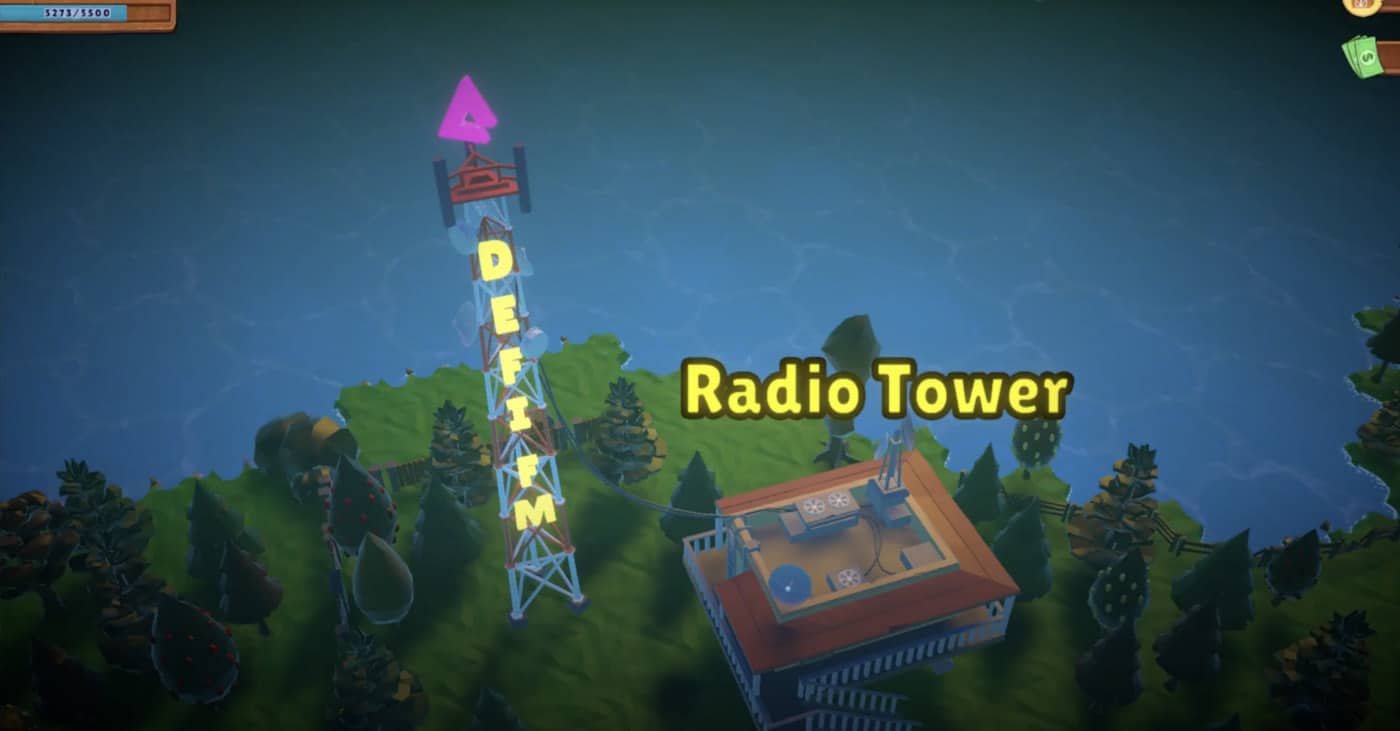
FM also lent itself to the development of other pioneering technologies. These included embedding information within FM signals, first conceived by the German research institute IRT. In 1974 the European Broadcasting Union began its own research into what became, 10 years later, the RDS [radio data system] for in-car traffic and information services.
Also in 1974, BBC R&D engineers began looking into applying digital techniques to create a transmission format that could carry multiple stations within a single frequency. Concerted development started in 1987 with the Eureka 147 European collaborative project, which produced what we now know as DAB (digital audio broadcasting). However, it was not until September 1995 that the BBC launched the world’s first national digital radio service.
All things digital
Commercial and public DAB multiplexes began to appear in the late 1990s and early 2000s. Other carrier technologies followed, including DRM [Digital Radio Mondiale] in 1997 — promoted as a digital version of AM for international broadcasting — and HD Radio (unveiled in 1990), the IBOC (in-band, on-channel) digital system preferred by American broadcasters.
Computers became more commonly used during the 1990s, which combined with the World Wide Web invented by Tim Berners-Lee in 1989, provided a platform for internet radio. It had the potential to not only allow people to listen to any station in the world but also allow aspiring broadcasters to start their own stations. Technologist Carl Malamud launched one of the first examples of this, Internet Talk Radio, in 1993.
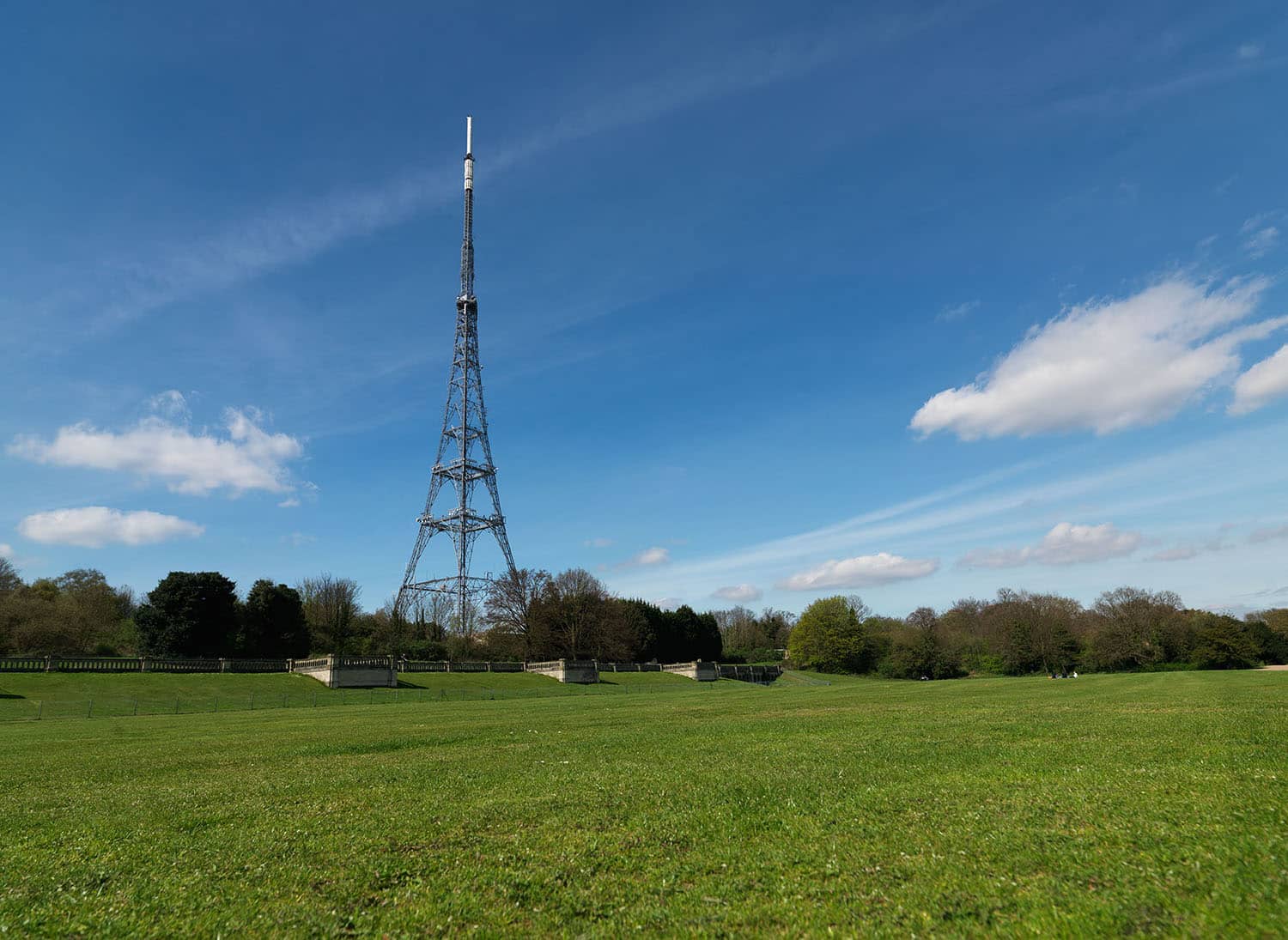
Computer and digital technologies have significantly changed how radio is produced and presented. The first commercially available scheduler was Selector, designed by Dr. Andrew Economos while working at NBC. He founded RCS [Radio Computing Services] in 1979 to continue developing Selector and other systems for automation, traffic and newsroom applications.
Automation has been part of radio operations for longer than might be thought. In the United States, in particular, overnight programming was automated using timer-controlled mechanisms running multiple tape machines. By the mid-1980s, when the compact disc — jointly developed by Sony and Philips and introduced in 1982 — was replacing vinyl as the primary media for music, computer-controlled playout systems based on CD jukeboxes were introduced that could hold a station’s entire playlist.
The impact of audio files
The fundamental shift to computer servers as the core of automated playout systems came about following the development of several audio file formats. The first was the WAV format, designed by IBM and Microsoft in 1991. In the same year, Karlheinz Brandenburg and his colleagues at Fraunhofer released the MP3 format, and in 1997 the EBU released its more radio-centric Broadcast Wave Format (BWF or Bwav). Importantly, these file formats made recording, editing and distributing speech content easier.
Although digital audio workstations such as the AMS AudioFile appeared in the early 1980s, the move away from quarter-inch tape and EMI block editing did not begin in earnest until later that decade and into the 90s. DAWs used in radio included the standalone SADiE, while Videoquip’s DAVE, CoolEdit Pro (later bought by Adobe) and BRIAN, named after co-developer Brian Barr, were PC-based software systems.
Computer and digital technologies have significantly changed how radio is produced and presented.
The means of sending material changed dramatically in the 1990s, with ISDN superseding expensive copper circuits. Codecs developed especially for radio reporting, such as the AETA Audio Systems Scoopy, provided both the connectivity and ability to broadcast live or send reports. In more recent years, Audio over IP has overtaken ISDN, with all the leading codec manufacturers now accommodating it. Technica Del Arte brought AoIP to journalists’ mobile phones with the LUCI Live app, which has given even more portability to radio reporting.
Farewell faders
Telos Axia (Livewire) and Wheatstone (WheatNet-IP) pioneered AoIP in radio for their respective mixing consoles. Analog mixers still have a place in many small-scale stations, but the digital console — from the likes of Axia, Wheatstone, Calrec, DHD, Studer and Lawo — is firmly established today. While the tactility of faders and EQ knobs is still reassuring to many presenters, virtual consoles are now finding acceptance among a new breed of broadcasters and podcasters.
The cloud has now become a significant part of radio, with automation systems and even entire stations hosted virtually. Radio as a medium has changed considerably, not just over its 100-plus year existence but in the last 20-years alone.
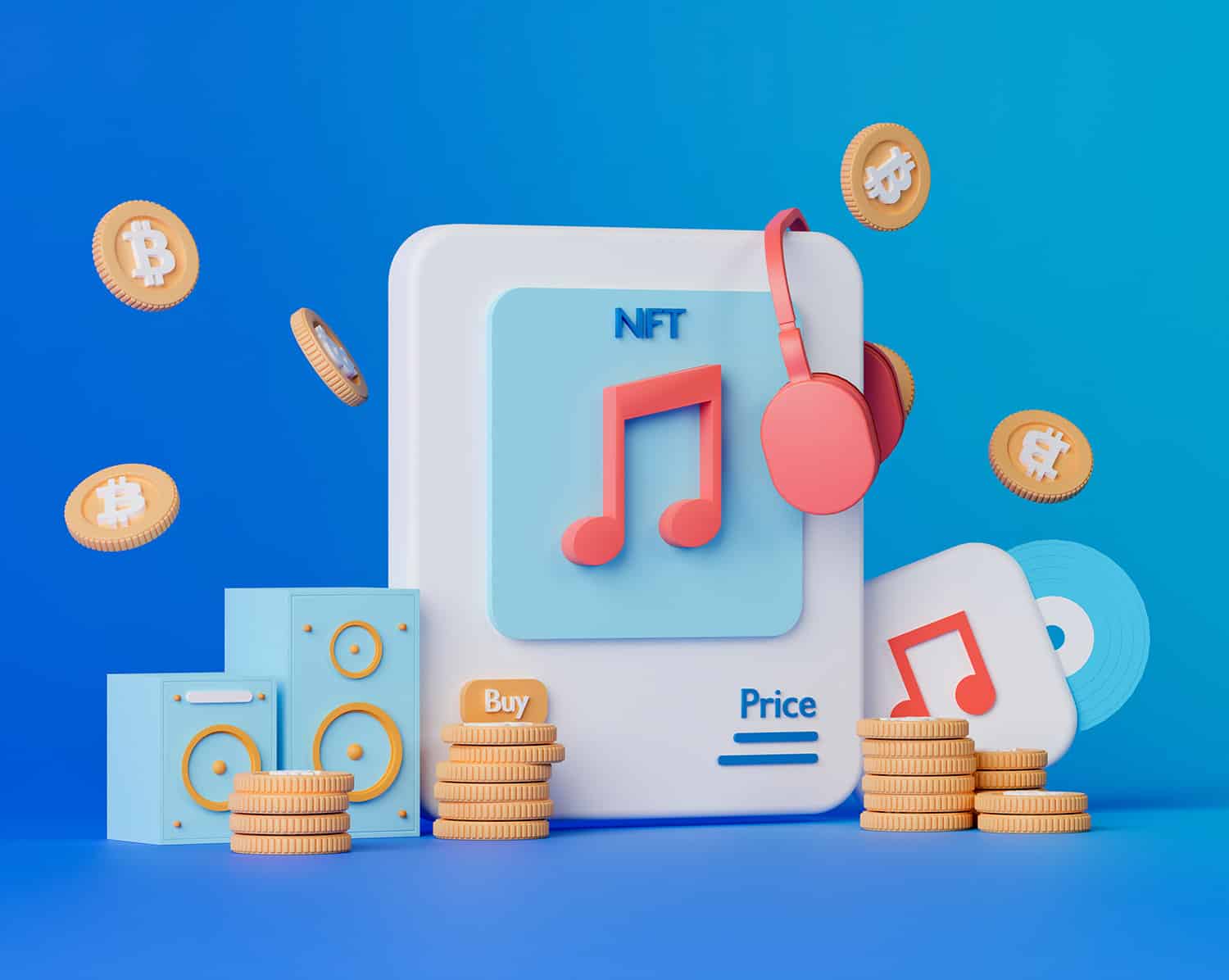
Streaming technology has allowed for the replaying and pausing of programs on services such as BBC Sounds and RadioPlayer, with the option of downloading a favorite show for later listening.
The future looks like taking this idea further. NFT Radio was launched in Australia last year, allowing people to listen to original content and buy tracks as non-fungible tokens (NFTs).
But even that appears quaint alongside what streaming service Audius is doing in the metaverse (the potential successor to, or “killer” of, the internet). The DeFi Land farming simulation game features an FM radio tower that plays a selection of music genres while players work on their “land.”
It might seem a long way from Marconi’s original invention, but, as a businessman and engineer, he would probably approve.
Read about the early days of radio innovation here.
Related news here on RedTech
Board of Directors AIMS high in 2023
AIMS Announces 2020–2021 Board
V__matrix vm_udx now converts in all directions


